Floor Tile Pros and Cons: Choose the Right Type for the Right Room
Floor tile can completely change the look and feel of a room with the character and charm they create. And these days, it’s possible to find the right look and material to accommodate nearly any budget. What type of tile should you choose? It depends on where and how you plan to use it.
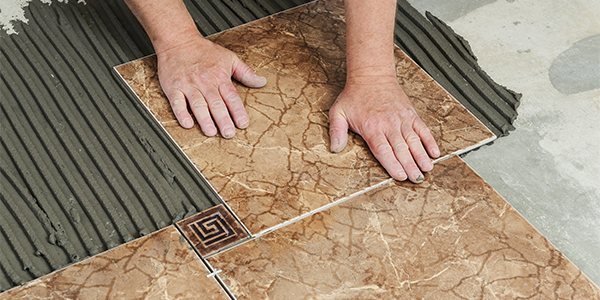
Tile types: ceramics and natural stone categories
Ceramic and porcelain: both clay-based, ceramic and porcelain tile is strong, durable and prevalent, meaning that they are easy-to-find, cost-effective flooring choices. Ceramic tile is made from white, red or brown clay and minerals; porcelain is distinguished by a white sand called feldspar that makes it even more durable, stain and water resistant.
Both ceramic and porcelain are easy to maintain and are popular choices for nearly any room. The grout, however, is another thing. Grout will require upkeep for a clean look. Grout strategy: use a shade or two darker than the tile to hide stains.
Today porcelain can be formulated to resemble other materials, so it’s possible to achieve a certain look or feel, economically.
- Slate-look porcelain: looks like natural stone but maintains the stain-resistant characteristics of porcelain. Slate-look porcelain is great for kitchens, bathrooms and laundry rooms.
- Wood-look porcelain: the very nature of being so close to the ground makes the basement floor tough to outfit. Wood-look porcelain is one option that adds warmth but won’t get distorted from moisture.
- Stone-look porcelain: stone is natural and earthy, but it can stain. Stone-look porcelain is a more cost-effective way to achieve the look but add durability and moisture resistance.
- Small mosaics: a smaller size tile requires more grout to ground it. Small mosaics are often used in bathrooms and backsplashes for design effect.
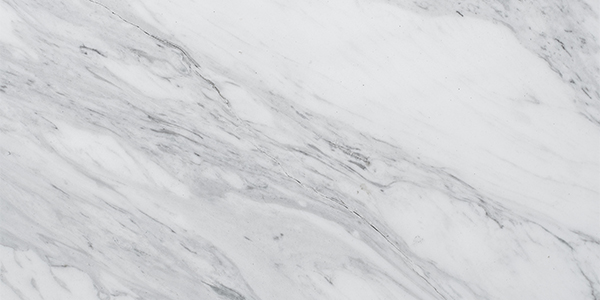
- Granite: a favorite for countertop applications, granite is well loved for its beautiful veined colors and natural sparkling elements. Granite is tough, stain resistant and great for high traffic areas, like kitchens.
- Marble: the effect is elegant; marble comes in veined, beautiful colors, but it is a porous material. Marble tile is best for decorative applications or for non-high traffic flooring. It’s a good idea to seal marble for floor applications.
- Limestone (travertine): limestone isn’t as heavy as marble or granite, but it’s not quite as durable either. Limestone can stain and scratch, but it can serve as a natural temperature control. Houses in warm climates, particularly with one-level, stay cooler with limestone tile. It also is preferable for conducting (radiant) heat.
- Slate: entryways are an easy place to use natural stone because they are masterful camouflagers. The variances in color and texture, coupled with strength, hides debris that may get tracked into the house. It looks, well, natural.
Want an expert opinion on what tile is best positioned for specific rooms in your home? We’ve got a diverse supply of tiles to choose from and skilled technicians who can help you weigh the aesthetics with the practicalities of care. Schedule a consult today!

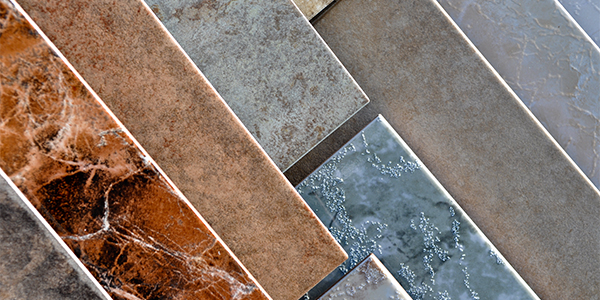

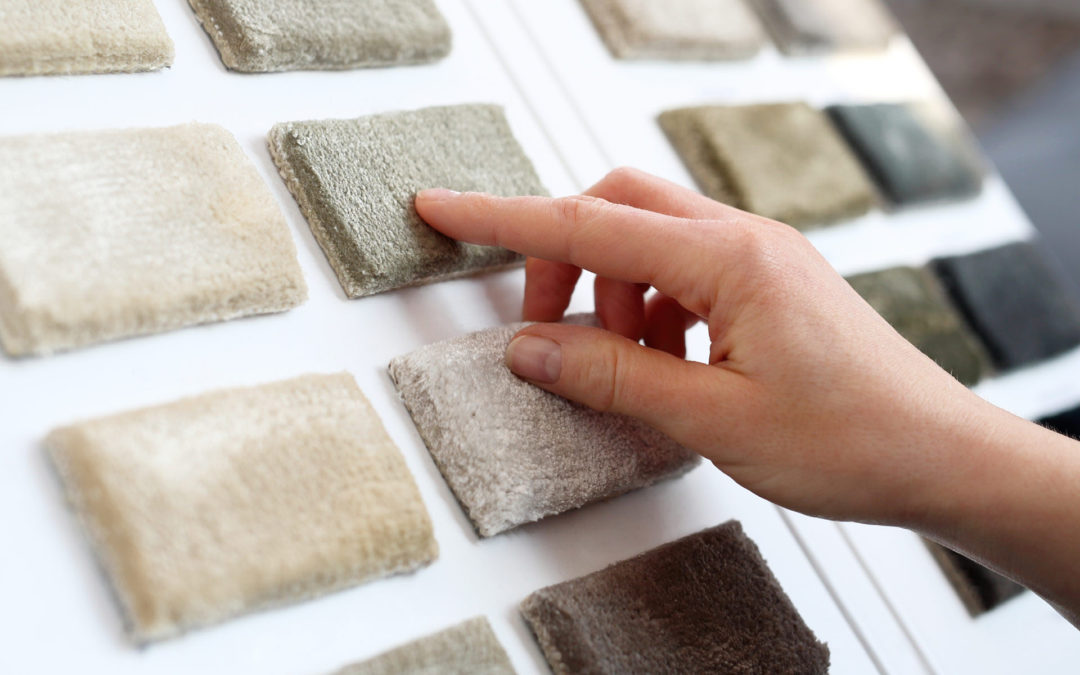


 Repairing Scratched Hardwood Floors
Repairing Scratched Hardwood Floors
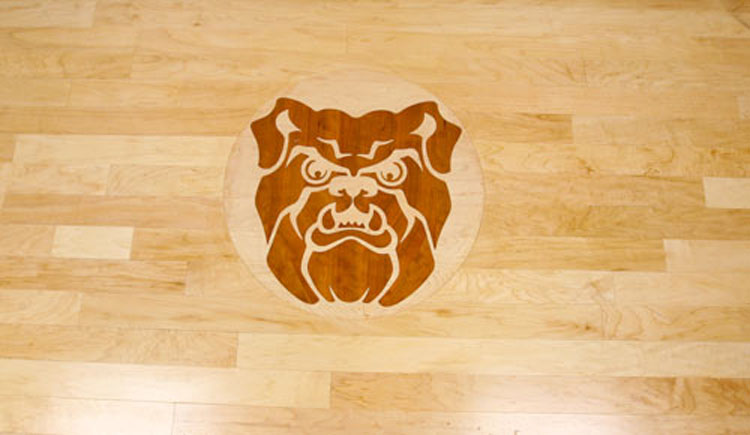 Hinkle Fieldhouse Butler Univers...
Hinkle Fieldhouse Butler Univers...
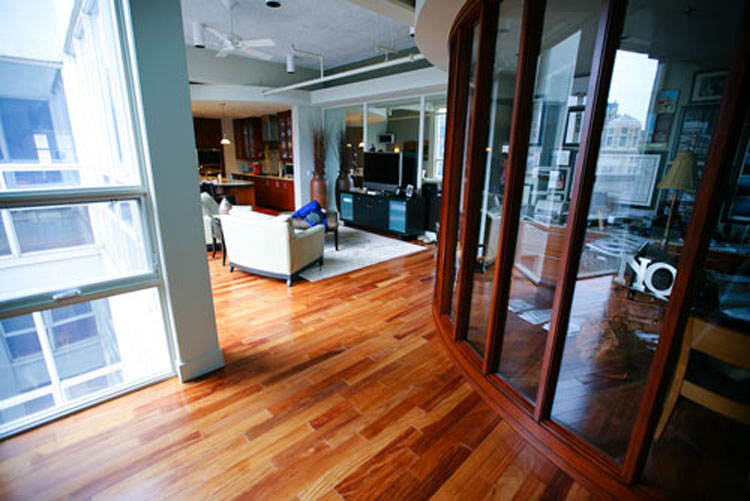 Penthouse Town Home Downtown Ind...
Penthouse Town Home Downtown Ind...
 Antique Flooring Restoration
Antique Flooring Restoration
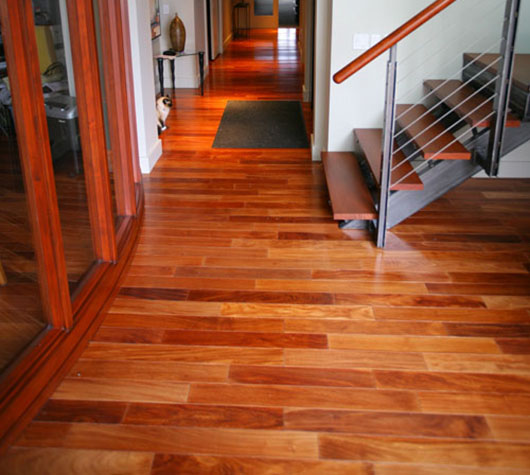 Brazilian Cherry Hardwood Floors
Brazilian Cherry Hardwood Floors







